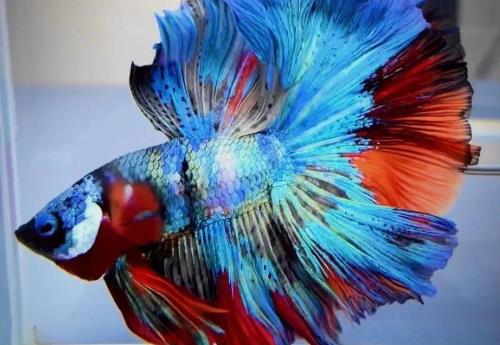The Origin and Development Timeline of Betta Fish

1. Geographical Origins
Core Distribution Zones
Native to freshwater basins in Southeast Asia, including Thailand, Malaysia, Indonesia, and the Philippines.
The Yangtze River basin and Taiwan region in China are the original habitats of subspecies like the Paradise Fish (Chinese Betta) and Macropodus opercularis.
Origins of Typical Species
Siamese Fighting Fish (Betta splendens) originated in the rice paddies and slow-flowing waters of Thailand’s Chao Phraya River basin to the Kra Isthmus.
Chinese Betta (Macropodus) is widely distributed in southern China’s streams, the Dongting Lake system, and Taiwan’s freshwater ecosystems.
2. Cultural Evolution
Early Uses
In 19th-century Thailand, there was a tradition of breeding bettas for gambling rather than ornamentation.
Chinese Bettas were once used for ecological mosquito control due to their mosquito-eating habits.
Modern Transformation
Since the 20th century, they’ve evolved into ornamental fish, with their vibrant colors and unique fighting behavior as key attractions.
In 1869, Macropodus opercularis became the first Asian tropical fish successfully introduced to European aquaculture.
3. Species Diffusion
Spread to regions like Korea and Japan via trade routes.
Brought to the West during the European colonial period, becoming a representative of early tropical ornamental fish.
Note: Wild populations currently face survival pressures due to habitat destruction. It is recommended to prioritize artificially bred individuals.
This translation uses American English terminology (e.g., "Siamese Fighting Fish" for clarity) and organizes information with hierarchical headers, bullet points, and concise explanations to enhance readability. Scientific names are included for precision, while cultural context is highlighted to engage readers.
